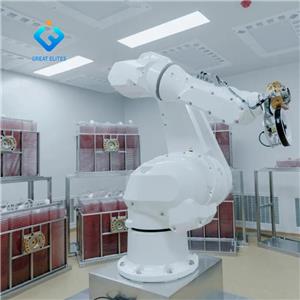Science: structurally revealing protein transport in mammalian cells
Science: structurally revealing protein transport in mammalian cells
2018-03-25 reported that in a new study, researchers from Germany, the United States and the Netherlands visually observed the complex interactions between protein synthesis, transport and modification. They resolved the three-dimensional structure of a macromolecular complex that coupled this labeling step with ribosomal protein synthesis and protein transport on the endoplasmic reticulum membrane. Their research laid the foundation for a detailed understanding of this important cellular process. The relevant research results were published online on science on March 8, 2018, and the title of the paper was "structural basis for coupling protein transport and N-glycosylation at the mamman endoplasmic reticulum". The corresponding authors of the paper are professor Roland Beckmann of the University of Munich in Germany, Dr. Friedrich f ö rster of the University of Utrecht in the Netherlands and Dr. Stefan Pfeffer of the Max Planck Institute of biochemistry in Germany.
These new data allow these researchers to determine the three-dimensional structure of subunits in the OST complex bound to ribosomes and develop a molecular model for their functions. This model serves as the basis for their proposal that there are differences in specificity between the two OST forms, and explains how protein transport and glycosylation are coupled together mechanistically.
Original text: Katharina braunger, Stefan Pfeffer, shiteshu shrimal et al. Structural basis for coupling protein transport and N-glycosylation at the mamman endoplasmic reticulum Science, Published online: 08 Mar 2018, doi:10.1126/science.aar7899




